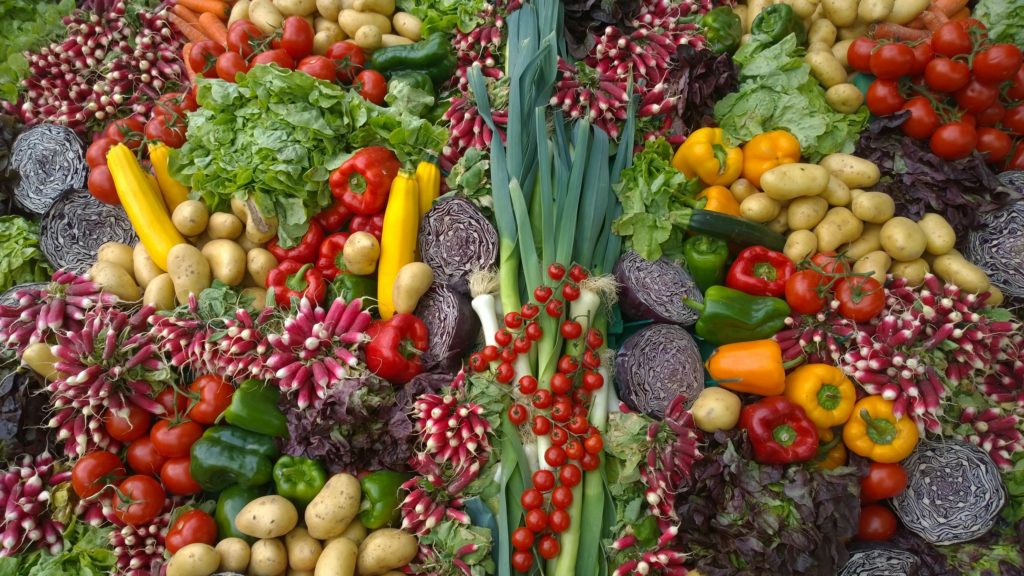The Dirty Dozen & The Clean Fifteen 2020

Every year, the Environmental Working Group (EWG) analyzes USDA data on the chemicals found on grocery store produce and provides a snapshot of pesticide use in America. The organization compiles it into an easy-to-digest list of fruits and veggies that contained the most and least pesticides in the past year. It’s called the Dirty Dozen and Clean Fifteen.
According to the EWG’s Shoppers Guide to Pesticides in Produce, many crops contain potentially harmful pesticides, even after washing, peeling or scrubbing, which the USDA does before testing each item. “Since pesticide contamination varies by crop, it is important to understand which items are most or least contaminated.” Read the full report.
Here are this year’s contenders for most and least contaminated vegetables and fruits. You can use these lists when you shop, in deciding if it’s worth it to purchase a particular item. As always, certified organic is preferable but if it’s not available, you can know what to avoid and what’s ok to eat. (Pick up a handy wallet card at Customer Service that we put together for you.)
The Dirty Dozen
- Strawberries
- Spinach
- Kale
- Nectarines
- Apples
- Grapes
- Peaches
- Cherries
- Pears
- Tomatoes
- Celery
- Potatoes
The Clean Fifteen
- Avocados
- Sweet corn
- Pineapple
- Onions
- Papaya
- Sweet peas (frozen)
- Eggplant
- Asparagus
- Cauliflower
- Cantaloupe
- Broccoli
- Mushrooms
- Cabbage
- Honeydew Melon
- Kiwi